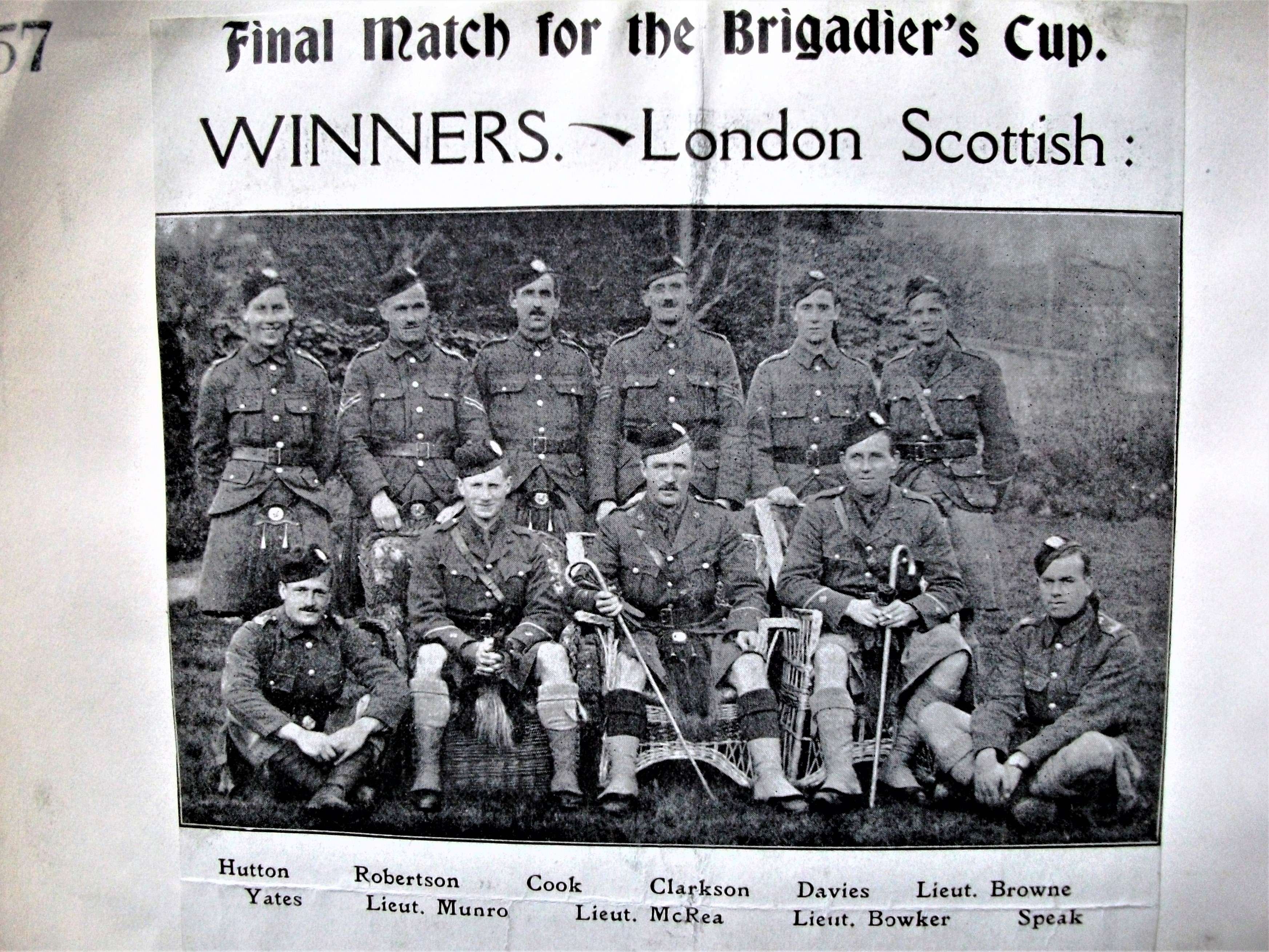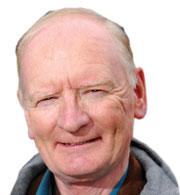Former president of Fulham FC – Leslie Bowker – was born in Nottinghamshire on the 2 July 1887.
His family moved to London and Leslie attended All Saints School in Fulham High Street. He founded the West London Old Boys FC, which quickly became a major force in local amateur circles. Leslie shone both as a player and as a football administrator.
In March 1911, Leslie and another Old Boy Herbert (Bert) Perkins accepted the invitation to join Fulham FC’s reserve side. The two friends played regularly for Fulham’s second string and though they had little hope of breaking into the first team they were popular with the fans.
When War was declared in 1914 the Old Boys disbanded and Leslie and Herbert Perkins enlisted with the London Scottish. Leslie’s scrapbook (now owned by local historian Keith Whitehouse) contains this extract from the Fulham FC programme for the 9 October 1915: “Our players were grieved to learn that Bert Perkins had passed away after being wounded in the fighting line in Flanders. There were tears in many eyes when the manager conveyed the sorrowful tidings to the first team.”
The soldier who was to become Bowker’s batman, John Thomson, kept a diary, which fortunately has survived and is being transcribed by his grandson. The London Scottish had been sent to Egypt and on 26 February 1916 engaged with the Turks in the battle of Agagir, one of the last to involve British cavalry. For his bravery in this encounter Leslie Bowker was later awarded the Military Cross.
John Thomson's diary reveals some of the lighter moments of that terrible conflict a century ago. John shared Leslie’s love of football and they were both in the team that beat TM Battery 3-2 on 5 January 1917. The soldiers played matches on four successive days.
On leave in October that year Lieutenant Bowker (later promoted to Captain) took John Thomson for a trip on the Nile. Here are some extracts from John’s diary (with grateful acknowledgement to Martin Thomson):
7 October: Packed and rested in afternoon as long train journey ahead. Left Cairo at 8 pm bound for Aswan – but struggle with baskets and luncheon baskets.
8 October: Arrived at Luxor at 9am, had breakfast and on again for Aswan.
9 October: Paid a visit to Philae Island. The Temple in good condition… then to Aswan Dam – one and a half miles along trolley way. 163 gates, fine sight. Then started trip down Nile – some excitement as wind very strong and we shipped a lot of water – barracked and had fine dinner cooked on a Primus stove, then drifted down all night – slept very well and wash in Nile in morning.
10 October: Paid visit to Padfin temple... Then crossed over river, had lunch prior to leaving for Luxor by train.
11 October: Visited Luxor temple... Snake charmer quite strange. On to Karnak in afternoon. Good donkey ride.
12 October: Crossed the river to the tomb of the Kings – some not been open very long... Off by the 6.18 to Cairo.
13 October: Arrived 7.30 and off to Sheppard.
14 October: Set off for Kantar at 11am where we arrive at 3pm. Very busy cleaning kit etc. Set off by Palisans Express at 9.45.
15 October: Arrived at Shellai at 9.30 & got kit on mule – three miles across the sand. Oh, what a look-out living in little stuffy bivvie again. Played football in evening.
Formerly an architectural student John was enthralled by the ancient temples as well as by the culture and history of Egypt. He bought postcards and took a few photos to remember his trip.
The Aswan dam was indeed a ‘fine sight ‘for John Thomson: “I read about this marvellous dam in geography books at school but never thought to see it.”
He also mentions what followed a visit to the Edfu temple: “We had a fine donkey ride coming back from the place and they all good animals not like the beaten and cowed ones in Cairo. Mine was some speed merchant. I came in second on the race we had on the banks of the river.”
After this exhilarating holiday and the comfort of Sheppards Hotel it must indeed have been a let-down to return to his ‘little stuffy’ bivouac.
As the war neared its conclusion, the troops in Palestine could spend more time on athletic pursuits. Keith Whitehouse’s collection includes programmes for the 181st Infantry Brigade Sports (25 May 1918) and similar events that summer for the 60th Machine Gun Battalion, the Divisional Artillery and the 621st Field Company Royal Engineers.
It is fun to see the inclusion of wrestling on mules; camel racing; an officers’ relay involving 220 yards each on camels, mules and donkeys; blindfold boxing; and a mop fight on a greasy pole but the nicest souvenir is the hand drawn menu with the signatures of those attending, including John Thomson. The actual menu is in Morse code!
Leslie never forgot his time with the London Scottish and when he was in charge of the Fulham FC party touring Canada in 1951 he met up with old comrades Charles Train, James Currie and Archibald Chisholm and took photographs of them for the London Scottish magazine.
The views expressed in this blog are those of the author and unless specifically stated are not necessarily those of Hammersmith & Fulham Council.

